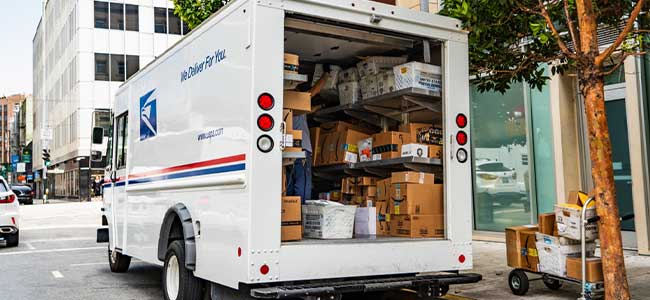
The employee, who had told supervisors about the injury “and applied for workers’ compensation benefits” in 2019, was fired.
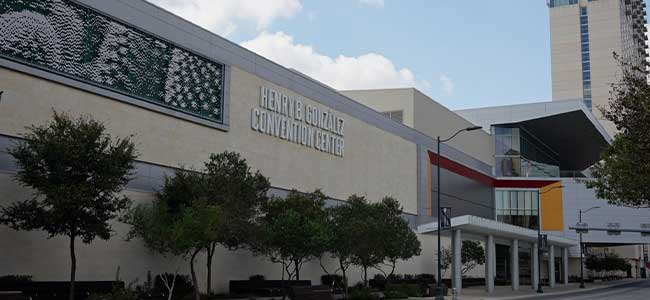
The session, “An OSHA Update,” will take place on June 7 at 10:30 a.m. CT.

People prefer different beverages depending on the time of day, but when it comes to working in the heat, it's vital to know how they'll impact a worker's hydration.
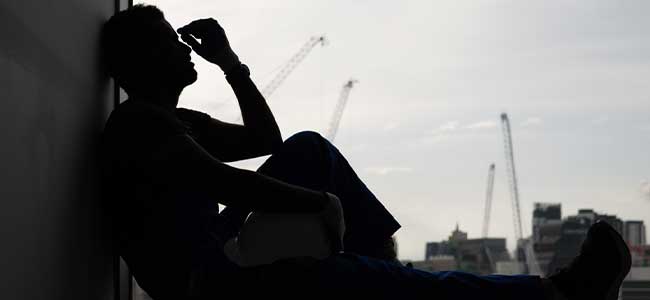
The partnership between OSHA, Georgia Department of Public Health and Mental Health America of Georgia was announced during National Mental Health Awareness Month.

If employees want to know if they're adequately hydrated, there's a quick and easy solution they may be able to turn to.
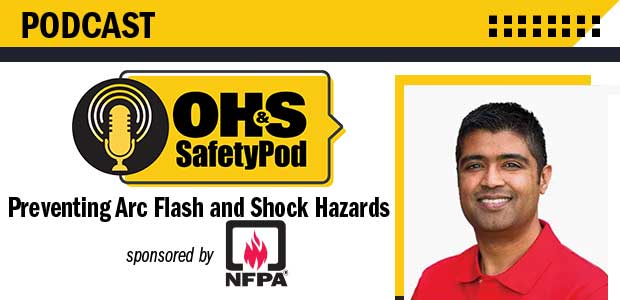
Episode 185
An electrical safety expert shares his insights into risk assessment, PPE, common errors and training.

Although the status of COVID-19 has changed, the World Health Organization Director-General said it “does not mean COVID-19 is over as a global health threat.”

Creating a safe working environment in the moving industry is important but comes with unique challenges.
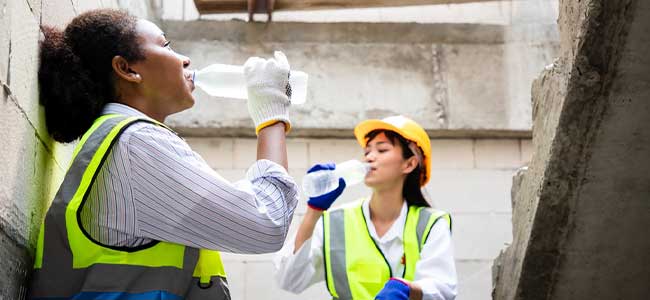
Knowing the amount of water to consume in hot temperatures is vital, but employees should understand when to drink water too.

Under the MoU, AIHA and HFES will work on education programs together.